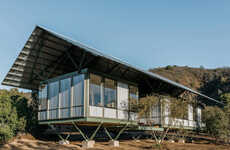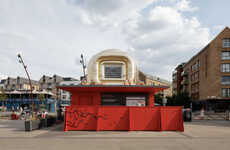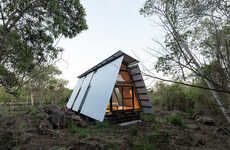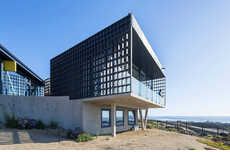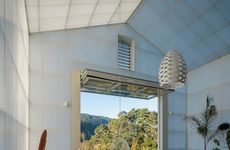
Antarctic Research Housing
This special house design was developed by the Chilean Air Force, to do special research in the Antarctic. The structure consist on many rooms such as dining areas, meeting rooms, research labs, and sleeping areas. All this is connected by a long, tubular hallway. The module was built to work with its surroundings, so that it can support winds and create better insulation from the elements. It is said that it can house up to 100 people.
Trend Themes
1. Antarctic Research - There is an opportunity for disruptive innovation in developing advanced technologies and methodologies for conducting research in the extreme conditions of the Antarctic.
2. Modular Housing - Modular housing designs offer a potential disruptive innovation by providing customizable and scalable solutions for various purposes, such as research facilities in remote locations.
3. Environmental Adaptability - Innovations in building materials and construction techniques that prioritize environmental adaptability can create disruptive opportunities in the field of resource-efficient and sustainable housing.
Industry Implications
1. Research Equipment and Technology - The development and provision of specialized research equipment and technology tailored for Antarctic conditions presents a disruptive innovation opportunity in supporting Antarctic research.
2. Construction and Architecture - The construction and architecture industry can explore disruptive innovation by designing and constructing modular, environmentally adaptable structures for various purposes, like research facilities in extreme environments.
3. Sustainable Housing Solutions - There is a disruptive innovation opportunity in the housing industry to develop sustainable and energy-efficient housing solutions that can withstand extreme weather conditions, such as those in the Antarctic.
0.5
Score
Popularity
Activity
Freshness


